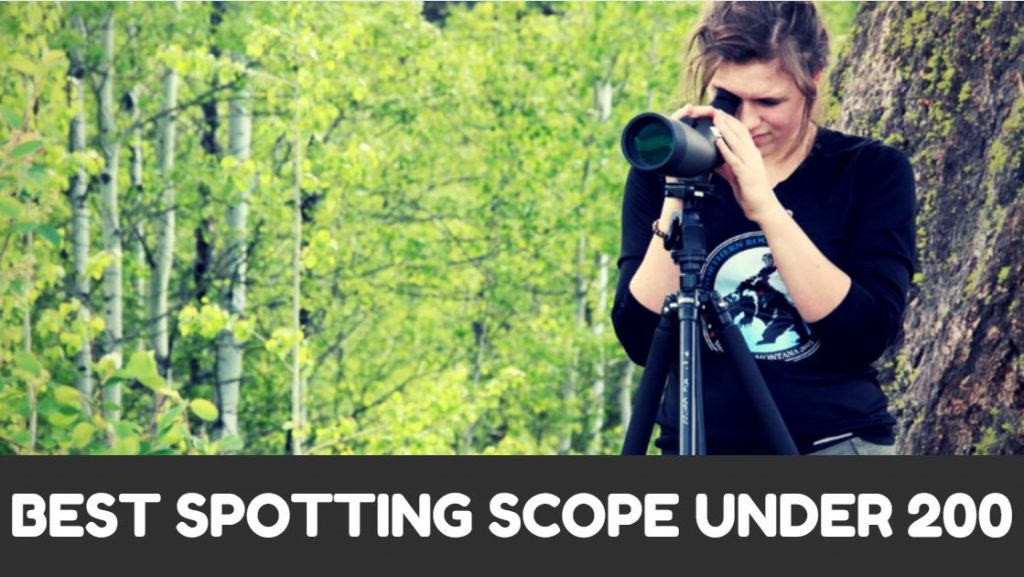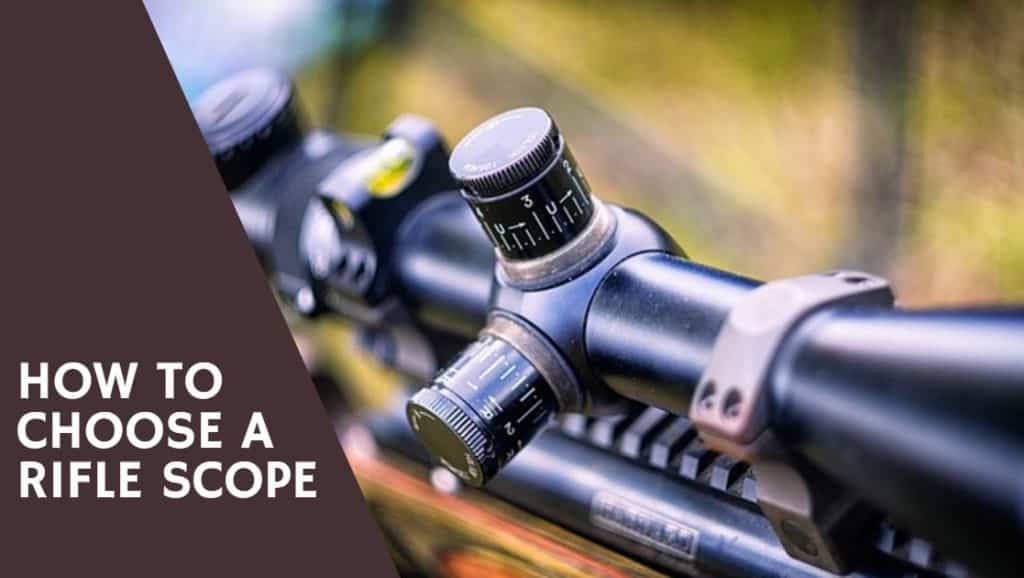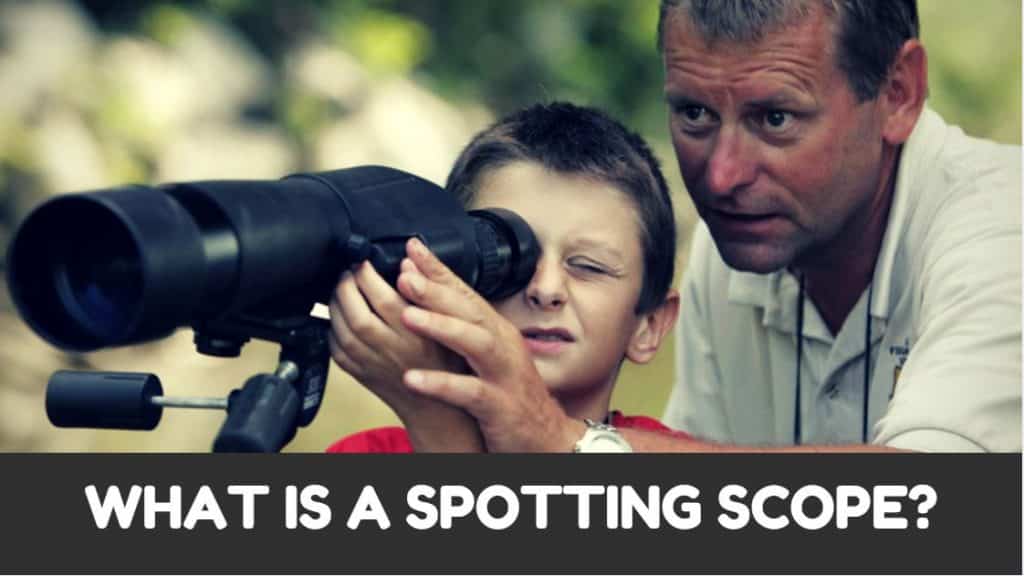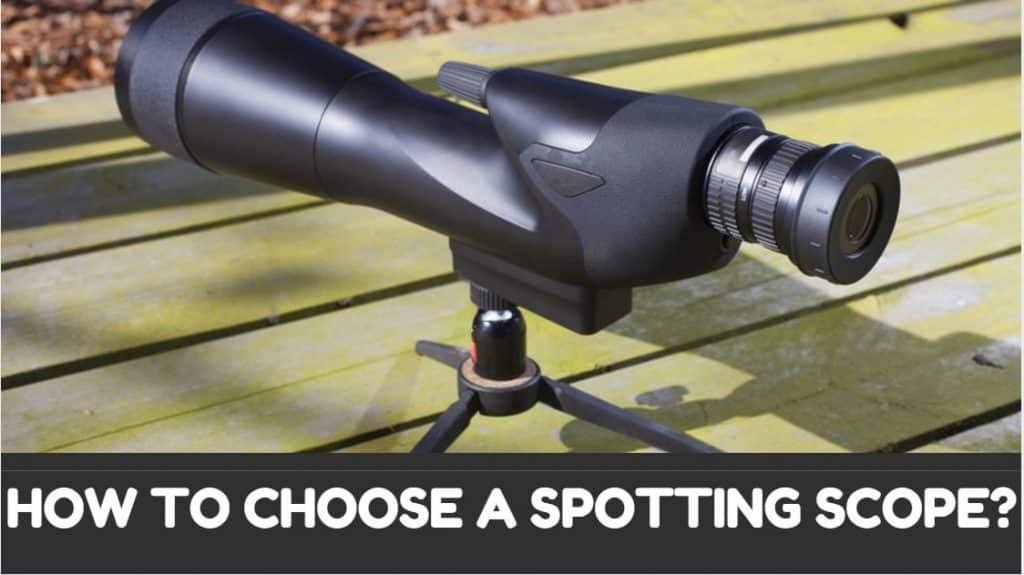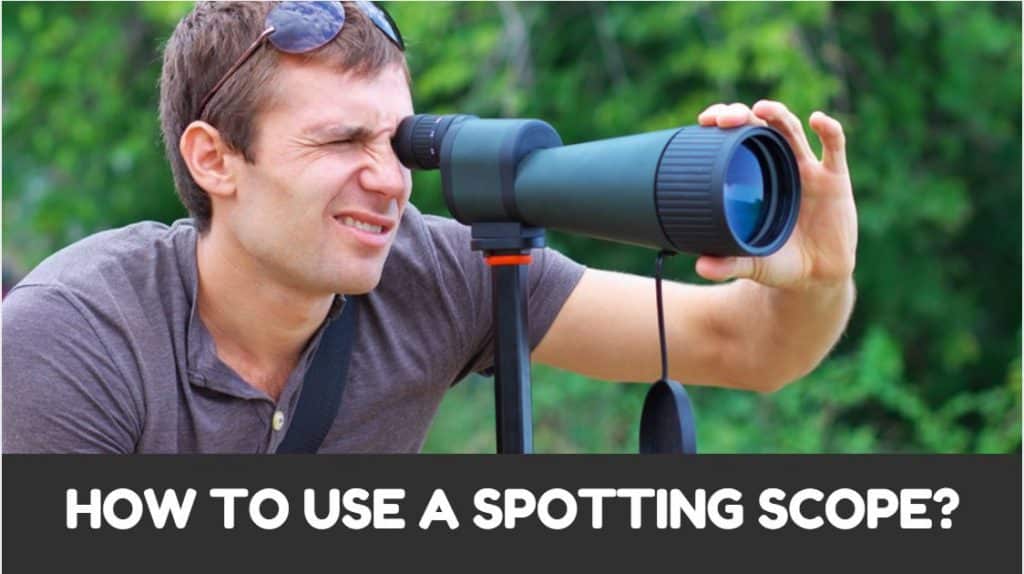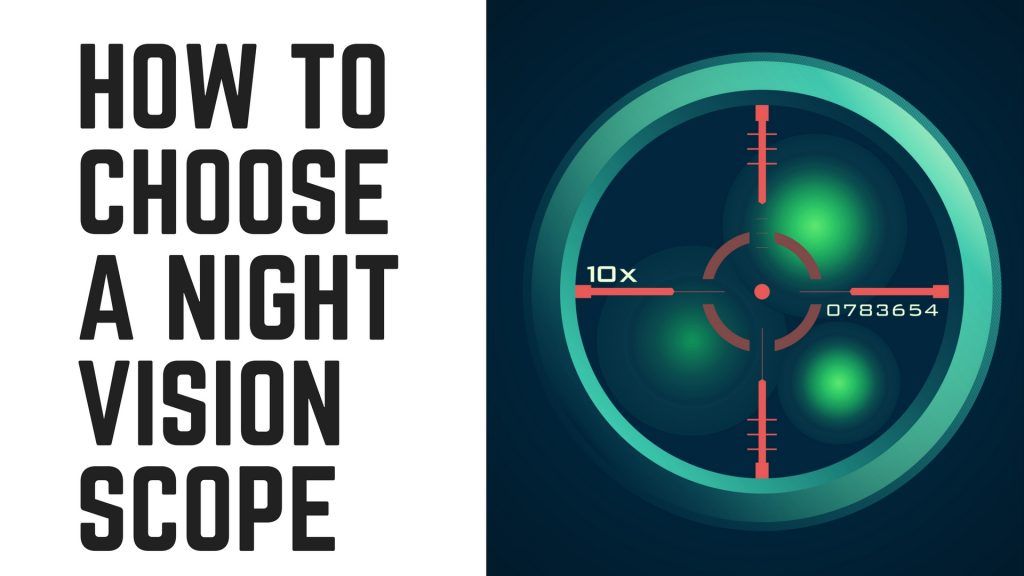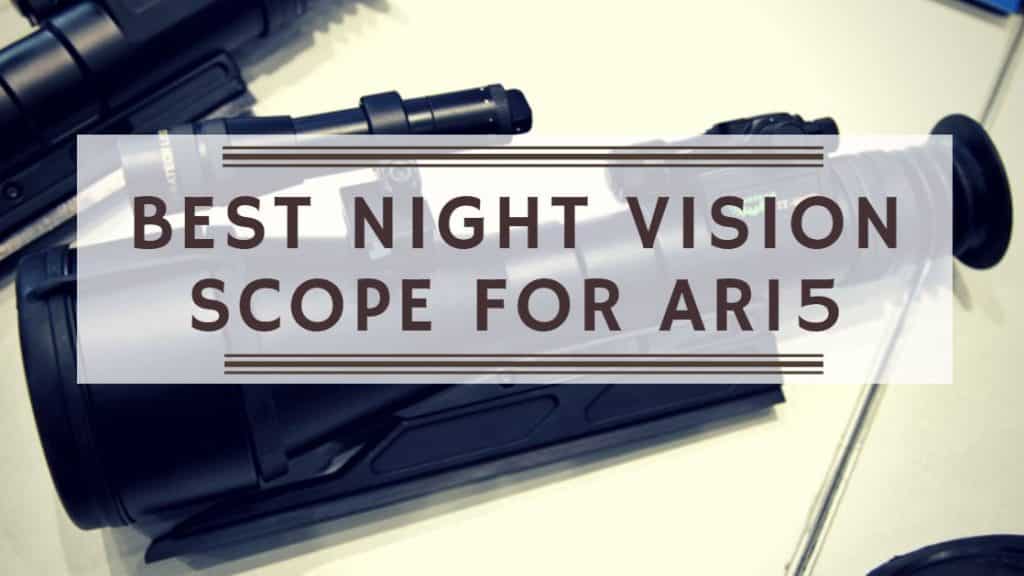Best Spotting Scope Under 200: We have reviewed some of the most affordable and top-rated spotting scopes from different brands to find you the Best Spotting Scopes Under 200.
If you are in a hurry:
Now, let us move to our in-depth reviews.
Best Spotting Scope Under 200 Reviews
First, here is our list of the 5 Best Spotting Scopes Under 200:
Last update on 2025-12-11 / Paid links / Images from Amazon Product Advertising API
GoSky 20-60×80 Porro Prism
One of the unique features I really liked on the GoSky is the Digiscoping adapter that can be used with most smartphones. This provides you the ability to see the detailed images on your phone and allows you to capture magnified images and videos in an inexpensive way.
The GoSky comes with a fully multi-coated 80mm objective lens which provides magnification up to 60x in most weather conditions due to its waterproof and fog proof design. Another great feature you will like on this spotting scope is the weight. You will find it the easiest to carry around at less than 2 lbs.
Specifications
| Magnification | 20 – 60x |
| Objective Lens Diameter | 80 mm |
| Field of View @1000yds | 115.2 ft. – 57.6 ft. |
| Exit Pupil | 4 – 1.33 mm |
| Eye Relief | 17 – 13.5 mm |
| Close Focus | 18 ft. |
| Weight | 1.76 lbs. |
Pros
- Cell phone adapter for double the image detail when narrowing in on your target
- Fully multi-coated lens means that the image will not suffer in quality with poor light conditions or too much light
- Less expensive than other spotting scopes with the same features
- Extremely lightweight at 1.76 lbs.
Cons
- Nothing really
Celestron 52250 Ultima 80mm
The Celestron is a well-built rugged scope with an 80mm objective lens providing magnification between 20x and 60x. The large objective lens allows for decent light gathering and provides clear images even in low light condition. The angled eyepiece combined with smooth focus and zoom knobs make this scope easy and comfortable to use.
There is also a sight tube which allows for quick targeting. Another great feature of Celestron 52250 is the waterproof casing which protects the image from degrading due to moisture. All these features work well together when you are trying to maintain a safe enough distance from your live target but still get enough detail to make an accurate shot.
Specifications
| Magnification | 20 – 60x |
| Objective Lens Diameter | 80 mm |
| Angular Field of View | 2 to 1 degrees |
| Field of View @1000yds | 105 ft. – 52 ft |
| Exit Pupil | 4.0 – 1.3 mm |
| Eye Relief | 18 mm |
| Close Focus | 26.2 ft |
| Weight | 3.5 lbs |
Pros:
- The high-quality optical lens provides great details even at high magnification
- Waterproofing protects the scope from extreme weather
- Multi-coated optics reduce reflection and improve the sharpness of images
Con: Blue ring around images at high magnifications
Barska Colorado 30-90×90
The Barska has the largest ocular lens out of all of the spotting scopes in this category. The large lens is a great feature when you want to get the most viewing hours in a day as it maximizes the amount of light transmitted. Another great feature of the Barska is that it is waterproof which you will find very handy in damper conditions as moisture won’t get into the lens.
Specifications
| Magnification | 30 – 90x |
| Objective Lens Diameter | 90 mm |
| Angular Field of View | 1.5 to 0.77 degrees |
| Field of View @1000yds | 78 ft. – 40.2 ft. |
| Exit Pupil | 3.6 – 1.2 mm |
| Eye Relief | 1.78 – 14.8 mm |
| Close Focus | 10m |
| Weight | 3 lbs. |
Pros:
- The large ocular lens enables you to get a clear, crisp image even in low light conditions
- Fully coated lens reduced the amount of reflection in your image making it clearer at higher magnifications
Con: Smaller eye relief as compared to others
Redfield Rampage 20-60x60mm
Redfield Rampage comes with a 60mm objective lens and provides magnification from 20x to 60x. The scope is easy to use especially due to its frontal knob and provides clear images even at higher magnifications. One of the features I really like on the Redfield is the fully multi-coated lens that makes the image sharp and crisp for an accurate shot.
The specific weatherproofing of the Redfield means that if you are trying to get a good shot on a foggy, wet morning you won’t be seeing a blurry blob in your eyepiece when you try to magnify the image. On the other hand, there is also a retractable lens shade which allows the scope to be used without glare on a bright sunny day.
Specifications
| Magnification | 20 – 60x |
| Objective Lens Diameter | 60 mm |
| Angular Field of View | 2.2 to 1.0 degrees |
| Field of View @1000yds | 114 ft. – 51 ft |
| Exit Pupil | 3.0 – 1.0 mm |
| Eye Relief | 17 – 14 mm |
| Close Focus | 19.8 ft. |
| Weight | 5 lbs. |
Pros:
- 20x-60x magnification works well with little distortion
- Fully multi-coated lens matched with premium quality prisms provides clear images even in low light conditions
- Rugged weatherproofing and anti-fog means more protection than just waterproofing and protects the lens even in extreme weather conditions
Con: Slight image shift at maximum magnification
Alpen Optics 20×50
The Alpen comes with a fully multi-coated lens which is a great feature if you find yourself in low light conditions. Another great feature of the Alpen is the design of the casing which is waterproof and fog-proof. You will really appreciate this feature if you happen to find that the weather suddenly shifts while out on a hunting trip and you already have your focus on your target.
Specifications
| Magnification | 20x |
| Objective Lens Diameter | 50 mm |
| Field of View @1000yds | 147 ft. |
| Exit Pupil | 2.5 mm |
| Eye Relief | 16 mm |
| Weight | 10 oz. |
Pros:
- Fully multi-coated lens for a crisp picture without light reflection distorting the image
- Fully waterproof and fog proof also eliminates dust getting into the lens
- Comes with multiple zoom functions so you can make focus adjustments quickly and easily
Con: Images become darker at higher magnifications
Picking the Best Spotting Scope for Under $200
Anyone who is serious about outdoors knows that you require viewing equipment more powerful than binoculars to get high-quality images with the right details. A spotting scope is the best piece of equipment to use and combines the elements of high magnification and portability. Here are the important factors to consider while looking for the Best Spotting Scope under 200 dollars:
- Magnification
- Weather
- Optical Lenses
- Objective Lens
- Lens Coating
- Angled vs. Straight
- Weatherproofing
- Weight
Magnification
One of the most important features on any spotting scope is the magnification. Depending on the type of activity you are engaged in, the magnification number can be the real difference between getting a perfect shot with crystal clarity or hitting a tree beside your easily-startled game and scaring it off. Just as a side note, while I was trying various scopes which cost less than 200 dollars, one thing became clear to me and that is the need for a tripod.
When purchasing a scope at this price point you will need a good tripod to hold the unit still at long magnifications so factor that extra cost into your budget. The greater the magnification, the farther you will be able to see while being at safe distances that won’t cause too much attention.
Weather
Weather and atmospheric conditions are huge factors when looking at the magnification on a spotting scope. Heat, humidity, and wind are all contributing factors in lowering the amount of range any scope will have. A good question to ask is “what kind of climate will I be using this scope in?”
If you plan to use it in a dry climate at high altitudes then you won’t lose as much magnification as you would at a low altitude, humid and rainy area. Some scopes will go up to 80x magnification, but the smallest amount of humidity or glare can reduce that magnification drastically. You might be zooming into 80x, but what you are seeing in your scope is a big blob.
Understanding how the atmosphere you are hunting in affects your magnification will save you money and disappointment. The more extreme the weather, the less effective the magnification will be, so opt for better lens quality and coating rather than the greatest magnification when shopping on a budget.
Optical Lenses
The magnification on any scope is only as good as the optical lens quality it comes with. Lenses come in ranges anywhere from 50mm to 80mm. The optical lens is responsible for sharpening the image as it becomes degraded the more it is magnified. The better the optical lens the more effective the magnification is and the clearer the image when looking at greater distances.
Objective Lens
The objective lens will give you a great amount of detail depending on how large it is, but if it is of poor quality, it won’t matter how large it is. When looking at spotting scopes in less than 200 dollars price range, the highest quality objective lens you can get is best, no matter how small it is.
The objective lens is the lens that is closest to your target so the quality is a key factor, and different lens can be purchased separately to enhance the quality.
Lens Coating
The coating is very important in a spotting scope because the scopes are generally used during the daylight hours and the coating will cut down on light reflections that can distort your image by making them appear hazy. Lens coatings come in “fully coated”, ”multi-coated” and “fully multi-coated”, each with varying degrees of light transmission and increase in picture quality.
The coating will work alongside the prism system which gathers the light coming into the lens and uses it to create a more vivid image. The better this system, the longer you can use the spotting scope throughout the day, even when the light begins to diminish.
Angled vs. Straight
Some spotting scopes come with a 45-degree angle while others are a straight view scope. Most scopes will come with an option of ordering either one depending on your personal preference.
Weatherproofing
Any scope at any price point is going to be affected by the amount of humidity, fog, or glare in the atmosphere, but a good weatherproofing system built into the scope can help reduce those effects so there is minimal distortion of the image. Weatherproofing comes in various degrees: waterproofing, fog-proof and even dust-proof and really depends on the quality of the casing the scope is made with.
The best spotting scopes will come with weatherproofing to eliminate the effects the atmosphere has on the image. These generally cost between 1000-2000 dollars, but at a lower price-point, you will be able to get decent weatherproofing that will reduce the effects on your scope and hunting experience.
Weight
While the weight of the scope shouldn’t deter you from purchasing the best one for the job, it is a nice feature to have a lightweight scope to travel with on long hunting trips or even short excursions deep into the woods.
Conclusion
Again, here is our list of the 5 Best Spotting Scopes Under $200:
- GoSky 20-60×80 Porro Prism (WINNER)
- Celestron 52250 Ultima 80mm (RUNNER-UP)
- Barska Colorado 30-90×90
- Redfield Rampage 20-60x60mm
- Alpen Optics 20×50
Although it costs less than most other scopes under 200 dollars, the GoSky 20-60×80 Porro Prism has all of the necessary features and specifications to make hunting in your neck of the woods successful and enjoyable.
The fully multi-coated lens system combined with an 80mm objective lens really gives the user the most hours of use as it will effectively take the amount of light transmitted into the unit and create a clearer image even in low light situations.
The full waterproofing gives this unit a leg up on the others as it will do very well in most weather conditions by not distorting due to humidity or heat.
The magnification on the GoSky 20-60×80 Porro Prism matches any of the others at 60x but combined with the coating, a big objective lens and digiscoping adapter make this our choice as the best spotting scope under 200.
Last Updated on June 14, 2025 by Victor Mays
